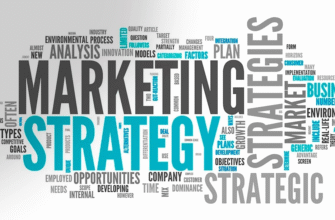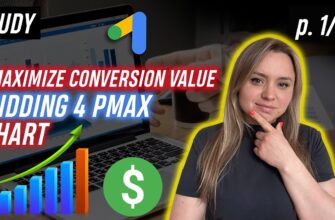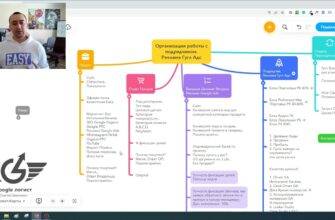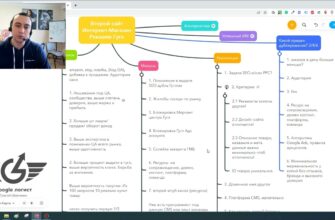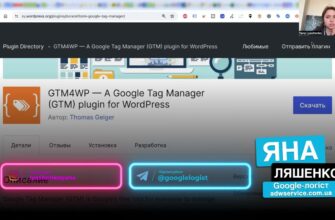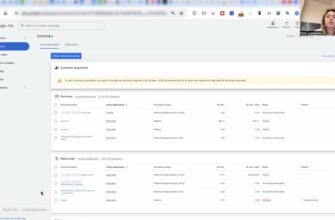- What is a Unique Selling Proposition?
- How does a unique selling proposition differ from an offer and a slogan?
- What are the advantages of a business slogan?
- What criteria should a USP meet?
- Specificity
- Uniqueness
- Real benefit
- Types of unique selling propositions
- What mistakes are often made when drafting a USP?
- What is the right way to make a unique selling proposition?
- Analyze the target audience
- Create a customer profile
- Help solve their problems
- Emphasize uniqueness
- Make a promise
- Compose a USP
- 5 working formulas for creating a USP
- Product + benefit
- Product + without fear
- Most + product name + region
- Unique + product name + feature + region
- Customer concerns + warranty
- Examples of successful TOS
- The Boar
- Domino’s Pizza
- Duolingo
- M&M’s
- Tesla
- Monobank
In almost any field of business, standing out from the crowd of similar competing businesses is not an easy task. However, there is a way to attract the attention of potential customers and convince them to choose you. We are talking about a unique selling proposition.
The USP is the cornerstone of a successful marketing campaign. In fact, it is the main reason for a buyer to choose your product. If you do not act as an unqualified market leader and do not produce an exclusive, then a well thought-out offer is simply necessary. Without it, the commercial success of the business remains under a big question mark.
Many businesses try to attract the audience with hackneyed words – “best prices”, “huge choice”, “quality guarantee”. But in the conditions of fierce competition, this is no longer enough. USP must become the spotlight that will brightly illuminate the direct path to solving the client’s problem.
How many calls and sales will I get by ordering contextual advertising from you?
I need to calculate the conversion of my website Describe
the task
in the application
Calculate potential ad revenue Google
contextual advertising calculator
Even if you produce a seemingly exclusive product, for example, handmade jewelry, there are likely to be other businesses doing something similar. Here it is maximally important to formulate a really catchy and original offer, aimed at a specific CA.
What is a Unique Selling Proposition?
A unique selling proposition is a concise concept that explains to future customers how your products are better than the competition. In essence, it is the quintessence of your positive aspects, designed to attract the attention of your target audience and induce them to buy.
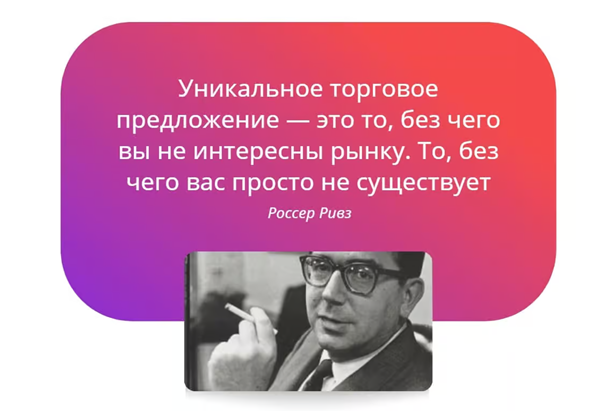
The term itself was introduced by American marketer Rosser Reeves back in 1961. He believed that the main task of advertising is not just to increase recognition, but to directly stimulate sales. The USP became the tool that allowed businesses to move away from empty advertising slogans and focus on specific benefits for the customer.
A good USP should be concise, memorable and catchy. It should not only emphasize the uniqueness of the product, but also provide answers to questions:
- Why exactly should customers choose you?
- What problem does your product solve?
- What is the benefit of the purchase for the customer?
How does a unique selling proposition differ from an offer and a slogan?
Many people confuse these three concepts, but there are significant differences between them. Let’s understand what they are. Thus, if the USP is based on the characteristics of the product and usually does not change over time, the offer is a commercial proposal designed to encourage people to buy here and now.
Unlike the USP, an offer is most often temporary and can change with changes in the market situation, seasonality, interests of the audience, etc. An offer usually includes a call to action and some additional benefit, for example, a discount, bonus or gift for a purchase before a certain date.
Remember! USP is not just an advertising slogan or a beautiful phrase. It is a concentrated expression of the essence of your business, a reflection of the real advantages and value you provide to your customers.
Metaphorically speaking, the USP is the “parent” of an offer. It lays the basis for your positioning, and the offerers already operate on it, adding various “pluses” to it.
A slogan is a separate concept altogether. It is a short, catchy and memorable phrase that succinctly reflects the essence of the brand. A good slogan can include elements of the USP, but will not replace it on its own.
What are the advantages of a business slogan?
A properly formulated unique selling proposition for a business is a powerful tool to ensure it:
- Increased recognition. The better people remember your uniqueness, the higher the chances that they will choose you. As a consequence – increased recognition and sales.
- Increased effectiveness of advertising. Having a well-thought-out and unique selling proposition, you can integrate it into all marketing communications – from outdoor advertising and website to social media posts and email newsletters. This will help unify all advertising efforts with a single concept and enhance their effect. Your message will become more cohesive and memorable.
- Reduced reliance on price competition. CBP emphasizes the value of your product rather than its price. It is especially important for smaller businesses that cannot afford price wars with the big players. If your USP is strong enough, customers will choose you even if other firms in the same field have slightly lower prices.
- Increased sales through word of mouth. The more people know about your USP, the more likely you are to have loyal customers who will recommend you to their friends. Satisfied customers will gladly share information about the positive aspects of your products. This is free and yet very effective advertising.
What criteria should a USP meet?
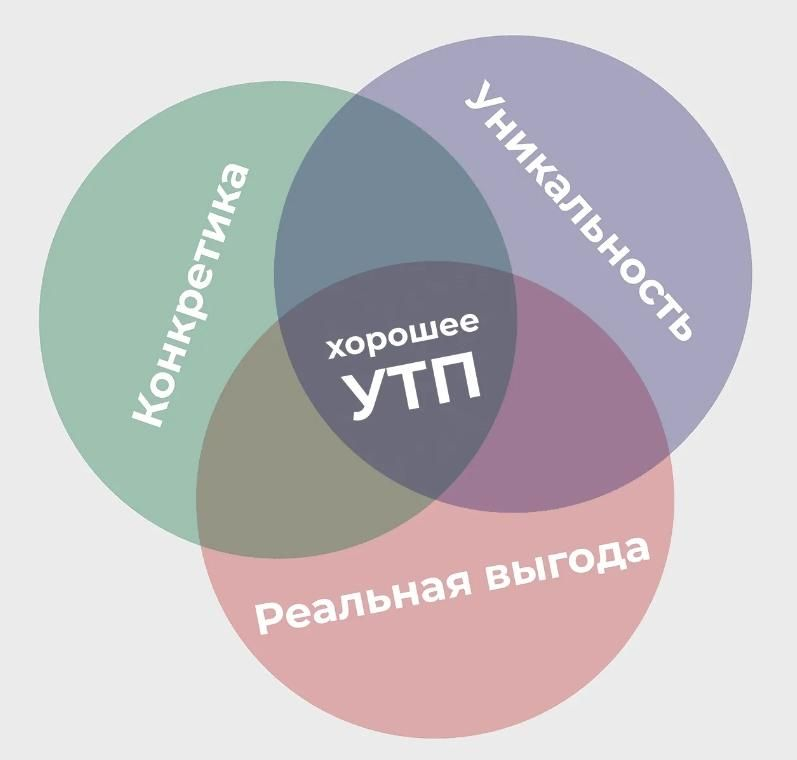
When developing a USP, you need to make sure it meets three main criteria.
Specificity
The offer should remain very clear and speak the language of your target audience. Take into account its peculiarities – age, interests, needs, “pains”. Speak to people in a language they understand, avoiding slang and terminology they don’t understand.
It is important to make it clear from the USP what you offer and what bonuses the customer will receive. No “water” or ambiguous wording! This will confuse the potential customer and may scare them away.
For example, you are selling women’s clothing. The bad version of the sentence is: “Our dresses fit every figure perfectly.” It sounds tempting, but it is too vague. The client may get the impression that absolutely any model from the collection will suit her, and when she comes to the store, she runs the risk of being disappointed.
A better wording is: “An experienced stylist will choose free of charge the styles of dresses that perfectly suit your body type”. Everything is very clear here – both the essence of the service and the benefit for the person who will receive it.
If your target audience is quite narrow, be sure to reflect this in the USP. For example, you sew clothes for full-figured people or sell goods for children. But if the product is designed for a wide audience (say, chocolate), there is no point in narrowing it down by the USP.
Uniqueness
Your task is to offer something that customers are guaranteed not to find in your competitors. This can be an exclusive product, special service, premium materials or the experience of your specialists. The main thing is not to use template phrases that have already become familiar.
If you sell clothes online, you can stand out due to a more convenient delivery format: “We will bring the order to any corner of Ukraine with the possibility of free fitting before purchase”. The geography of courier delivery and service, which competitors do not provide, will definitely play into your hands.
Or you are engaged in the installation of stretch ceilings. The phrase “Our specialists have 15 years of experience” will sound much more convincing than just “Quality installation”. The experience and qualification of our employees is a weighty argument in your favor.
Real benefit
It’s not enough just to make a unique selling proposition – it has to be truly attractive. Ask yourself – what practical benefit will customers get by choosing your product? What do they really need?
Let’s take the baby car seat store as an example. Of course, you can praise the design and portability. But let’s face it – parents are primarily concerned with their child’s safety. “Our car seats have successfully passed ADAC crash tests in Germany” is sure to sound more convincing than “Largest range”.
Types of unique selling propositions
Depending on the characteristics of a particular product, two types of CBP can be distinguished:
- True. It is based on real, objective advantages of the product. Such a USP can be formed when the product is really innovative and has distinctive features. An example is the Lenovo Yoga Tablet, which combines the functions of a tablet, laptop and projector. If the product is fundamentally different from its analogues and this difference can be briefly and succinctly formulated – this is a ready true USP.
- False. It is used if the product is difficult to improve or clearly distinguish. In this case, marketers take one of its properties (even if quite common) and present it as unique. In essence, this is misleading the consumer, but not a direct lie. We are talking about real qualities, just exaggerated and presented in the right perspective. This can be an emphasis on the absence of GMOs in salt or cholesterol in sunflower oil (these substances do not exist here in principle).
Most of the USP on the market today are false. This is normal, because it is impossible to create a fundamentally new product with the launch of each new advertising campaign.
What mistakes are often made when drafting a USP?
- The use of clichés and platitudes. The phrases “individual approach”, “young developing company”, “friendly team” are so hackneyed that they no longer attract consumers. If your USP can be used by anyone, it is not a USP. Be specific and original. Instead of abstract “low prices”, specify that the cost is 20% lower than the market average.
- Blurred definition of the target audience. A good PSS should target a clear segment of consumers. An English school will achieve more success by addressing its offer not to everyone, but to “schoolchildren preparing for the UPE” or “busy people who have little time to learn the language”.
- Ignoring the real interests of the client. Often businesses focus on one segment of consumers, but write a USP for another. For example, they sell luxury real estate and write about “inexpensive utilities” in their advertising. Study the desires, fears and motives of the target audience and reflect them. When selling a slimming product to girls, do not talk about “burning fat”, but how the product will help her become attractive and energetic again.
- Deception and impossible promises. If you guarantee a gift with a purchase, be kind enough to provide it. Lies and unfulfilled commitments can ruin reputations for a long time, and in the age of social media, negative reviews spread lightning fast.
- Wrong Focus. A pet store that includes the phrase “Everything for the four-legged” in its USP risks alienating owners of fish, parrots and other pets. Make sure that your USP covers the entire CA and does not exclude potential buyers.
- Lack of obvious benefit. It is not enough to simply state the fact that there is a benefit – it is necessary to explain how the customer will benefit. Instead of “we have 10 operators”, it is better for a logistics firm to write “we work without queues thanks to a large staff of operators”.
- Too much “we.” People aren’t interested in reading about the merits – they care about their own benefit. Instead of “we’re the best”, “we can”, write “you’ll get”, “you’ll save”. Put the customer’s needs first, not your own regalia.
What is the right way to make a unique selling proposition?
Now it’s time to move from theory to practice. In order to properly compose the USP it is necessary to solve the following tasks.
Analyze the target audience
To do this, the best ways to do this are:
- Interviews and surveys. If you have a customer base, approach them directly. Find out why they chose you, what they like about your product and what they may be missing. Live chat or online questionnaires can help you gain valuable first-hand insights.
- Monitor reviews and comments. Study what is written about your product or service on forums, social networks, and review sites. Track the complaints and comments that are repeated most often, and note what satisfied customers emphasize more often. This will help you understand what to emphasize in the USP.
Create a customer profile
Include basic demographics (age, gender and income level), personal interests, goals and fears of potential customers. Here are examples of well-developed CA portraits:
- People with an irregular figure who need to find well-fitting clothes.
- Students and schoolchildren who want to eat right and lead a healthy lifestyle.
- People who are interested in acrobatics but are afraid that they will fail without training or get injured. They believe that acrobatics should only be practiced from childhood.
The more detailed and specific the portrait of the audience you collect – the easier it will be to find insights to create a catchy and effective sales proposal. Don’t be lazy to dig deeper and look wider.
Help solve their problems
With a detailed profile of your target audience in hand, you can move on to the next stage – identifying the problems of potential buyers and finding ways to solve them with the help of your products. Try to put yourself in the shoes of a potential customer. What difficulties and challenges does he or she face? How can your proposal help him/her?
For example:
- A person needs to urgently transfer money to relatives abroad. Your international transfer service is the perfect solution.
- A customer has a broken keyboard. Offer to buy a new one at your computer store.
- New Year is approaching and you need to find a gift for your loved one. Recommend original gift ideas from your catalog.
The point is to clearly understand the true motives that brought the client to the site, and offer him the most appropriate solution to his problem. Show how exactly the product or service will make his life easier and get rid of difficulties.
Emphasize uniqueness
Here it is necessary to study competitors’ offers well and find your “trick”. This will not be easy, especially if your product does not have obvious unique properties. But believe me, there is always an opportunity to stand out. Ask yourself these questions:
- What special thing can your company offer to the client?
- What specific benefit will the client get by choosing you?
- What is your fundamental difference from your competitors?
- What can you give the client that the others can’t?
You shouldn’t use hackneyed phrases. “Quality service” or “professional approach” – it does not catch on. Be as specific as possible: “Women’s pants brand N from 500 UAH.” sounds much more attractive than the abstract “Quality clothing from a European brand”.
Make a promise
If the above steps didn’t help you find a unique advantage – try giving customers a guarantee or promise. This can be a major trump card.
Offer free shipping or guarantee 100% dandruff relief when using your shampoo (if you are really sure of its effectiveness). These promises increase the value of the offer in the eyes of the customer.
Compose a USP
When the components of the USP are defined, it’s time to formulate a succinct phrase from them. Try to fit it into 10 words. Yes, this is not easy and may take more than one day of work. When drafting the final version of the proposal, remember:
How many calls and sales will I get by ordering contextual advertising from you?
I need to calculate the conversion of my website Describe
the task
in the application
Calculate potential ad revenue Google
contextual advertising calculator
- Use simple and clear wording;
- Avoid complex terms and abstruse phrases;
- Put yourself in the client’s shoes – this will help you choose the right words.
5 working formulas for creating a USP
These are kind of templates, where it is enough to substitute the characteristics and advantages of the product. Then it remains to test the received variants of the unique selling proposition and choose the most workable one.
Product + benefit
This is a simple and effective template. You take the name of the product or service and add a key benefit. As an option:
Using quick-drying dyes to color your hair, saving you time.
Product + without fear
Find out your target audience’s top fears and concerns about the product. And give a clear signal that you will help avoid them.
Examples:
- Healthy sugar-free and gluten-free cookies;
- Driving lessons without stress and nerves;
- Apartment renovation without dust and dirt.
This approach allows you to break down the barriers and objections that prevent the audience from buying the product. You show that you fully understand the customer’s doubts and are ready to dispel them.
Most + product name + region
If the product is truly the best of its kind, use that in the USP. Make bold claims of superiority, but be sure to back up your words with facts.
A good option:
The largest fishing tackle store in Zhitomir. We have everything!
Unique + product name + feature + region
If you have a truly unique product that no one else offers – use that in the USP. Indicate what the specialty is and where your lead extends.
As an option:
The only official Garmin service center in Kharkov.
Customer concerns + warranty
The following USP template will help dispel doubts. Point out the potential buyer’s main fear and give a guarantee that will close it.
Example:
If your eyebrow tattoo lasts less than a year, we’ll do a refund or redo it for free.
Examples of successful TOS
Here are specific examples of effective USP from large Ukrainian and international companies. Having familiarized yourself with them, you can not only be inspired, but also borrow a couple of ideas for your own business.
The Boar
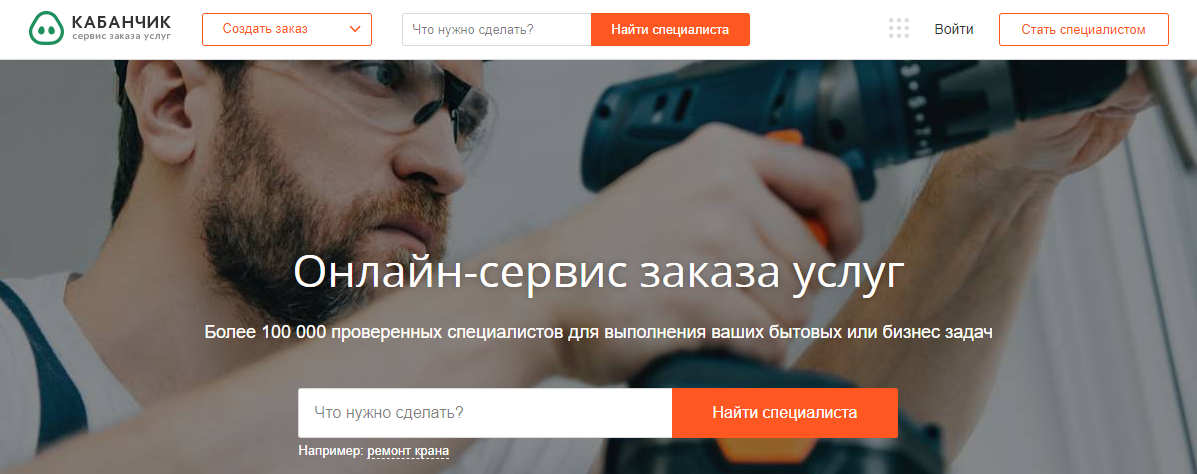
“Over 100,000 vetted professionals to fulfill your household or business needs”
The main advantage of having a huge number of specialists is clearly stated. This gives the client confidence that he is guaranteed to find the right person to solve his problem.
“Kabanchik” has successfully distinguished its target audience. The service offers services for solving household issues and business tasks. This expands the range of potential customers and allows to cover the maximum number of requests.
Domino’s Pizza
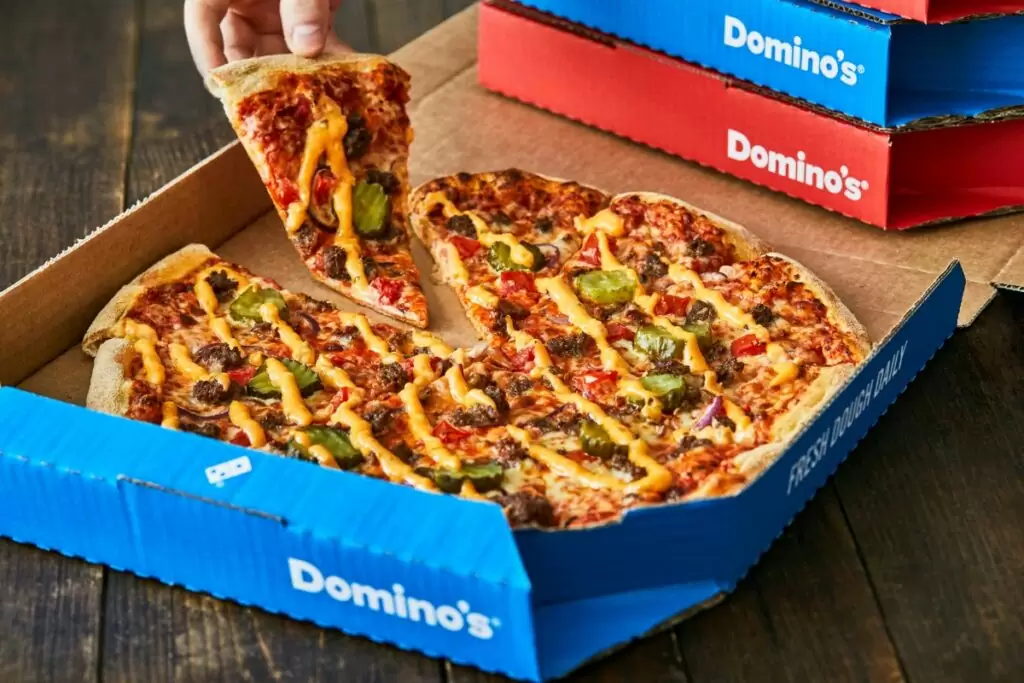
“Hot pizza in 30 minutes or free.”
This offer ran from 1979 to 1993, and was so memorable to people that it became a cultural phenomenon. It is often cited as an example in marketing lectures at universities around the world, and the image of a rushing pizza delivery man on a bicycle or moped is still used in popular culture.
Of course, due to the increasing number of accidents with delivery drivers, the company had to abandon the “rush”. But the fact is that almost 30 years after the warranty was canceled, people remember this advertisement very well – so strong and memorable was the selling proposition.
Duolingo
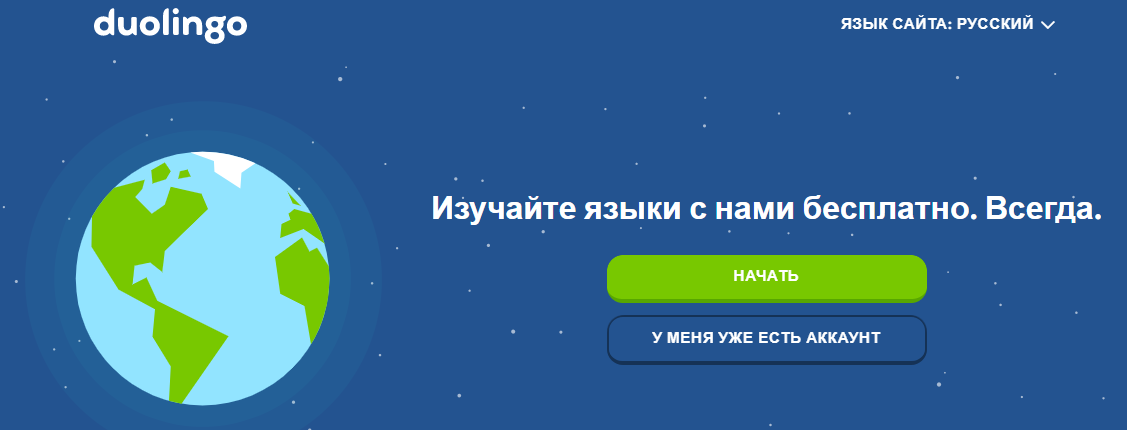
“Learn languages with us for free. Always.”
The key point is the emphasis on the word “always”. This is the main difference between Duolingo and its competitors, most of which only offer a free trial period of 14 days to a month.
The user realizes that he or she can master the language at a comfortable pace without thoughts of payment. This removes the psychological barrier and allows you to fully focus on learning.
M&M’s

“Melts in your mouth, not in your hands.”
This phrase was coined by Rosser Reeves in America in the 1940s. Back then, the idea of coating chocolate dragees with a protective coating was a novelty. It would seem a simple and silly advantage. But then it became a really unique selling proposition that distinguished M&M’s from other chocolates.
The company staked on the peculiarity of the production technology – and it did not fail. Thanks to this phrase, M&M’s brand recognition increased significantly. A simple and clear USP combined with bright illustrations and corporate colors helped to achieve the goal – the product became popular among all age categories.
Tesla
“The car that changes the world.”
Here the slogan emphasizes the key values of the brand – innovativeness, environmental friendliness, leadership in technology. Tesla positions its electric cars not just as a means of transportation, but as a product that changes the future. The company relies on progressive buyers, for whom the issues of environmental conservation and technological progress play the most important role.
Monobank
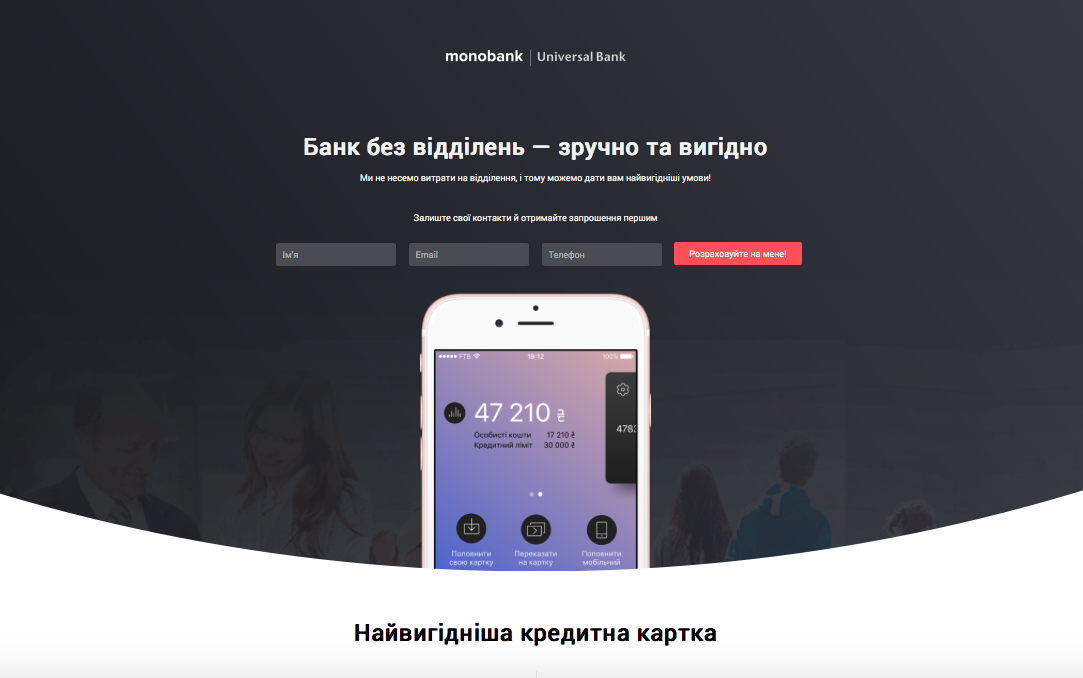
“Bank without branches”
Monobank hits the bull’s-eye, helping the client to solve one of the perennial problems – why waste time visiting branches when it is quite possible to perform basic banking operations online?
The bank breaks stereotypes and shows that many familiar procedures (the same card issue) do not necessarily require physical presence. Curiously, Monobank does have physical branches (under the signboard of Universal Bank). But who is embarrassed by this?
This case study shows that image and perceived value mean more to the consumer than reality. Don’t be afraid to think outside the box and offer truly unique concepts to the market – if you can pull it off, success is guaranteed.


